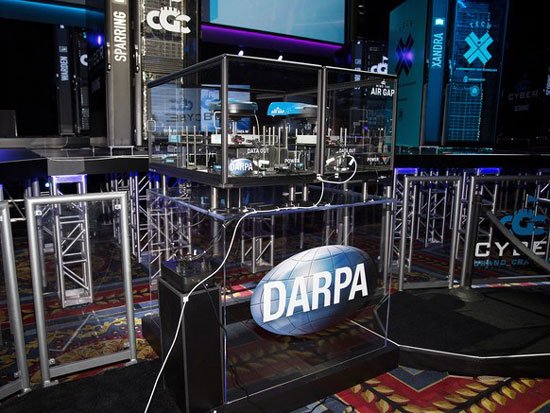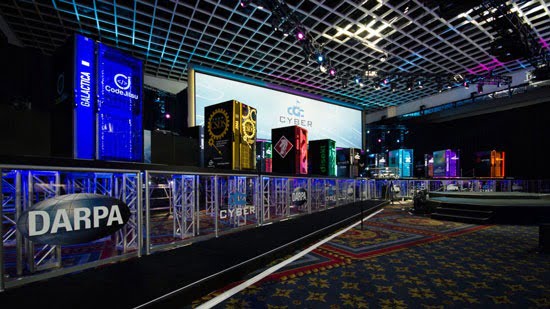
Killer robots are not only iron machines with lethal specifications, but also ethereal entities on the internet. Bots (a “pet-name” abbreviation of robot) are robotic programs – software robot devices – tasked with specific functions within an electronic system. Common tasks may include protecting a computer from malicious attacks, crawling the web in search of new content, or even assaulting a network if the bot is in the hands of a hacker. DARPA has shown particular interest in bots because they are regarded as key factors in the evolution of a future (or already declared?) cyber-war. The objective is again twofold: protecting friendly networks and striking in cyberspace against adversaries. DARPA’s ambitions are anything but limited; they extend as far as using bots to “create trends on social media” and “orchestrate the dissemination of false news – fake news – on the internet.”
As part of the related trials, in August 2016 DARPA organized the first bot-vs-bot combat tournament in Dallas, titled the “DARPA Cyber Grand Challenge.” Although hacking competitions are nothing new, this was the first time such an event did not involve humans but software entities. The importance DARPA attached to the tournament is evident from its budget: $55 million for the cost of organizing it, plus $3.75 million in prize money for the winners.
In order to run the contest, DARPA set up seven supercomputers and loaded them with all its cutting-edge and classified programs, plus many more; on every machine dozens of “holes” had been deliberately left in the systems. A technological innovation was even the prototype monitoring and 3-D visualization system that tracked the operation of the seven computers. The seven bots (did the organizers have a fixation on the movie “The Magnificent Seven”?) each took over one supercomputer with the dual mission of, first, protecting it by fending off attacks and patching security gaps, and, second, attacking all the others by exploiting weaknesses in the rival systems. The contest ran for 96 rounds; in each new one DARPA loaded a fresh set of programs and services. The conclusions were largely unexpected. Although in some areas the bots did not reach the level of refined and original work produced by an experienced hacker (according to the organizers they seemed to lack the imagination that lets hackers constantly dream up novel attack methods), their working “methodology” was completely unusual and incomprehensible. It is telling that the bot that ultimately won, while steadily and decisively leading the scoreboard, suddenly stopped working in round 52 for reasons of its own; it did not get knocked out or “break,” it simply chose to go idle. Despite this inactivity, it kept the lead in every subsequent round, and when the gap narrowed significantly in the penultimate round, it reactivated and secured first place. Another bot discovered security holes that were unknown and had not been planted by DARPA, while a third managed to exploit some “ancient” bugs from the early days of the Internet that programmers thought had been definitively fixed. At the same time, two other bots overloaded their own responsibility systems so much that they eventually caused them to crash.
Overall, the tournament was considered successful and “educational,” which is precisely why DARPA held it again last year and intends to continue it. The final results, if we are not already experiencing them while browsing the internet, will only be understood in retrospect—but by then it will probably be too late…

